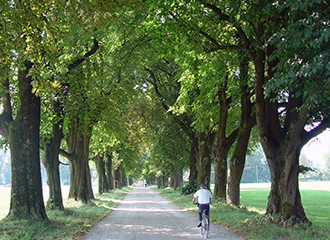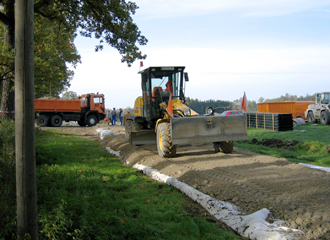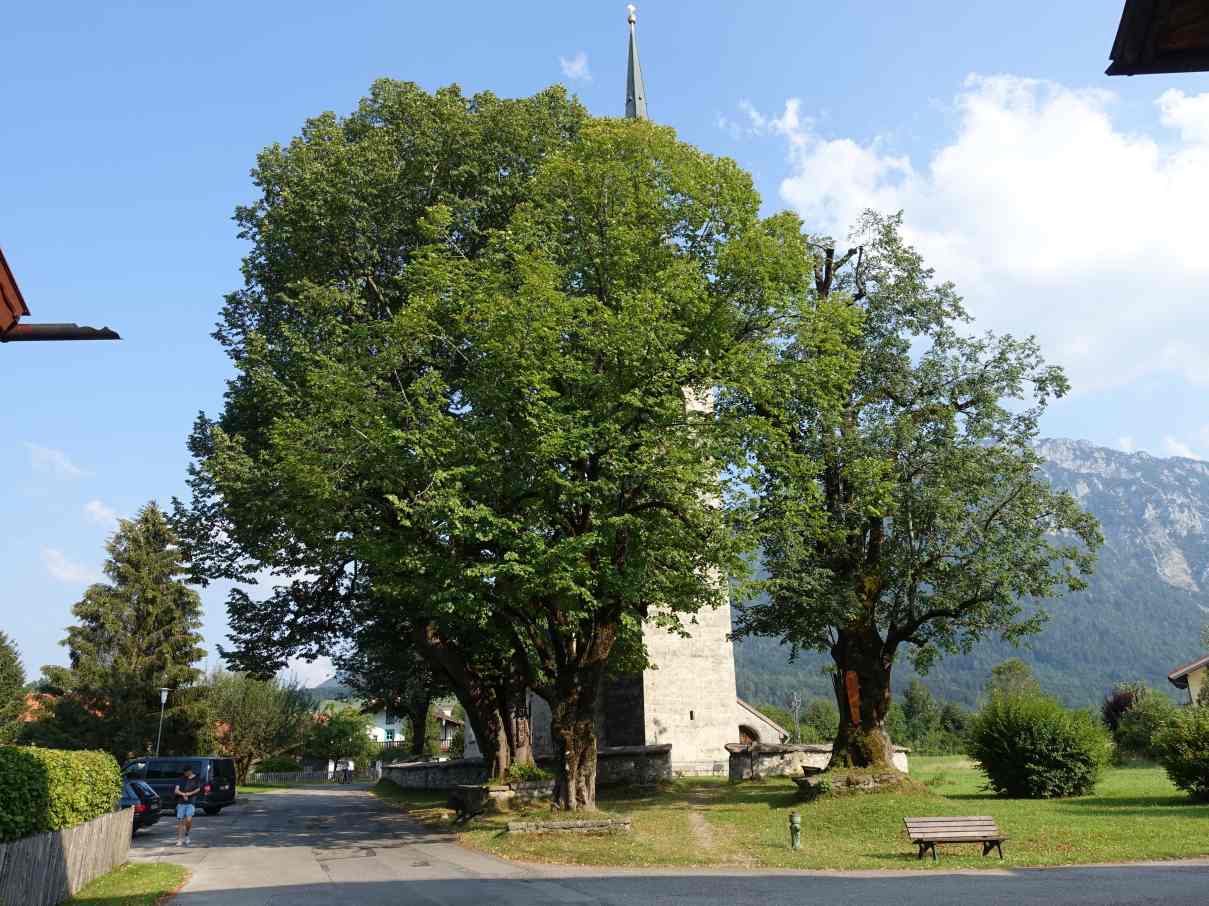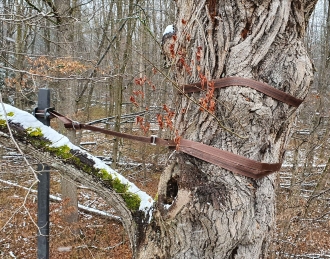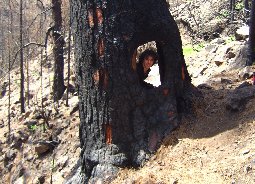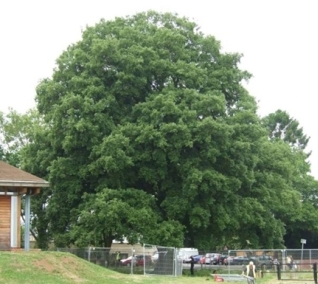Pinos Centenarios, Gran Canaria
After a forest fire on Gran Canaria, several over 100-year-old pine trees were completely burnt out on the inside. This species is endemic to the island and, due to its extremely thick bark, has the astounding ability to regenerate after a fire. Trees which become completely charred are able to sprout green shoots again from the stem. In the past, these trees were hollowed out in order to extract resin-soaked chippings (kindling) to replace candles as sources of light. However, the cavities proved to be fatal for some of the veteran trees. After the fire, their thin shells formed cracks, and this led months later to, probably oldest and most well-known tree on the island, the Pino pelancones, simply collapsing.
In order to be able to save the last of these famous, name-bearing trees, the 45-meter-high Pino del Mulato in the Inagua nature reserve, a pull test was carried out. The safety potential readings were so low, however, that the installation of guys was recommended, suitably scaled to match expected wind loads.





